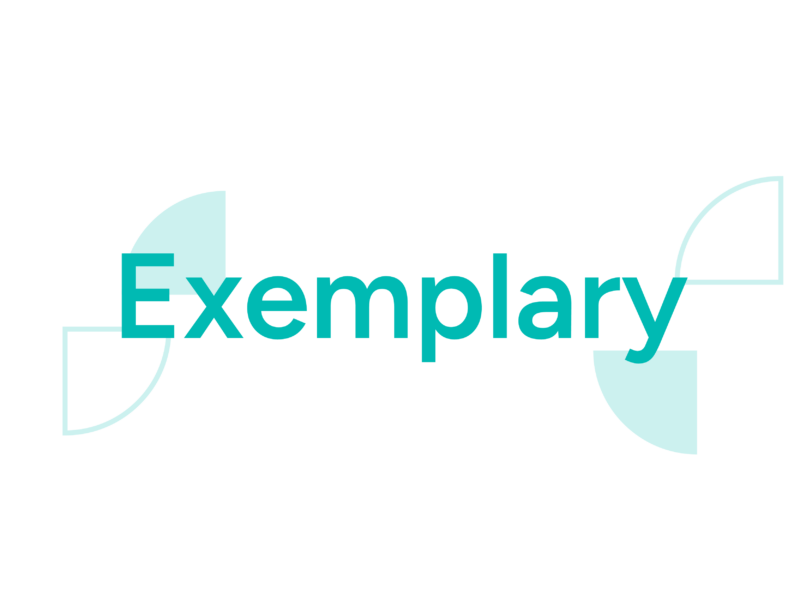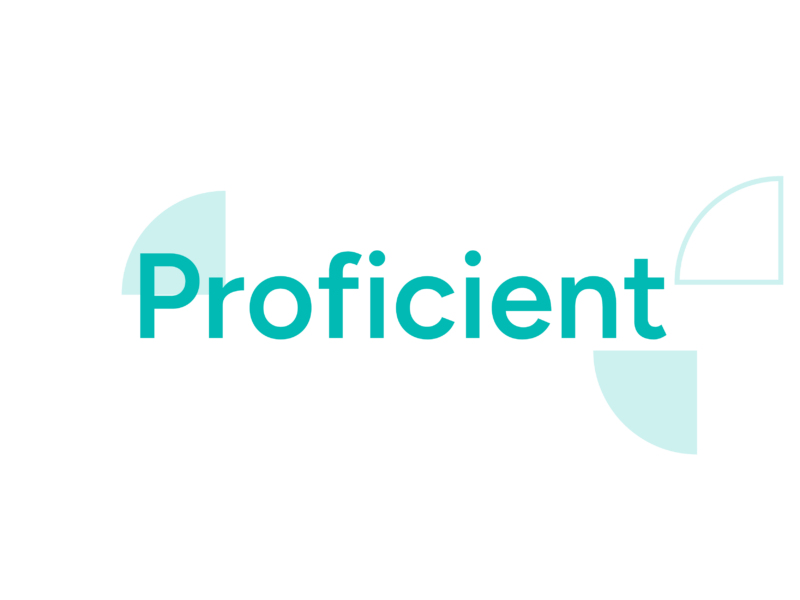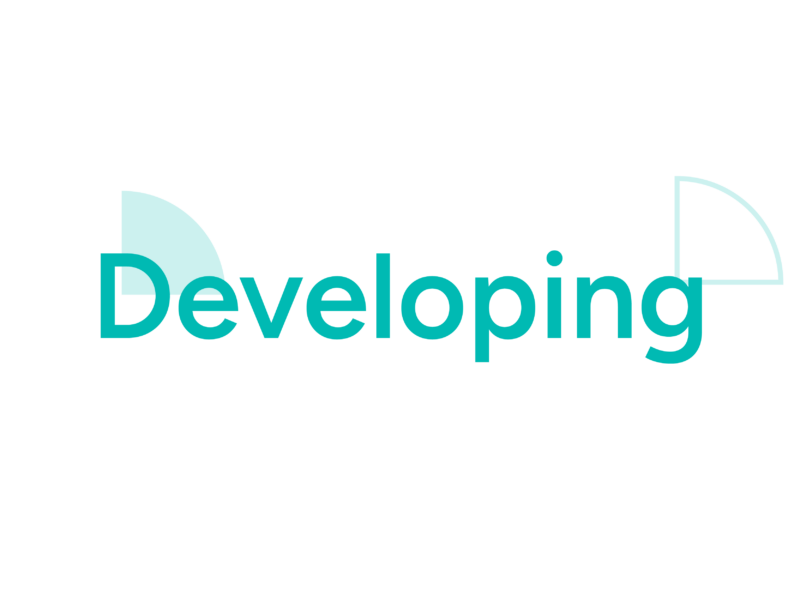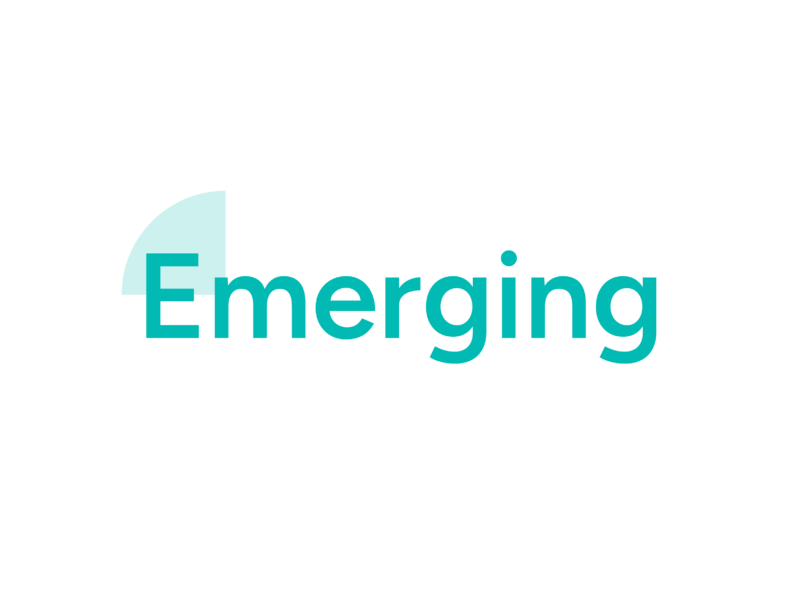Information Literacy Rubric
The ability to find, store, evaluate, and synthesize information to answer questions, develop new ones, and create new content and knowledge in an ethical and socially responsible manner.
Description
Information Literacy is the ability to find, evaluate, ethically use, and connect a wide range of information sources. It begins with a flexible and iterative approach to finding information using multiple strategies and platforms. Information must be evaluated for the context in which it was produced, the perspectives it provides, and for relevance, reliability, credibility, and currency. Then information should be connected and integrated to create meaning. Finally, information should be clearly attributed and accurately represented; and usage should respect relevant disciplinary or professional ethical norms.
A traditional rubric PDF for Information Literacy can be found here
Versatility




Appraisal




Connection




Value




